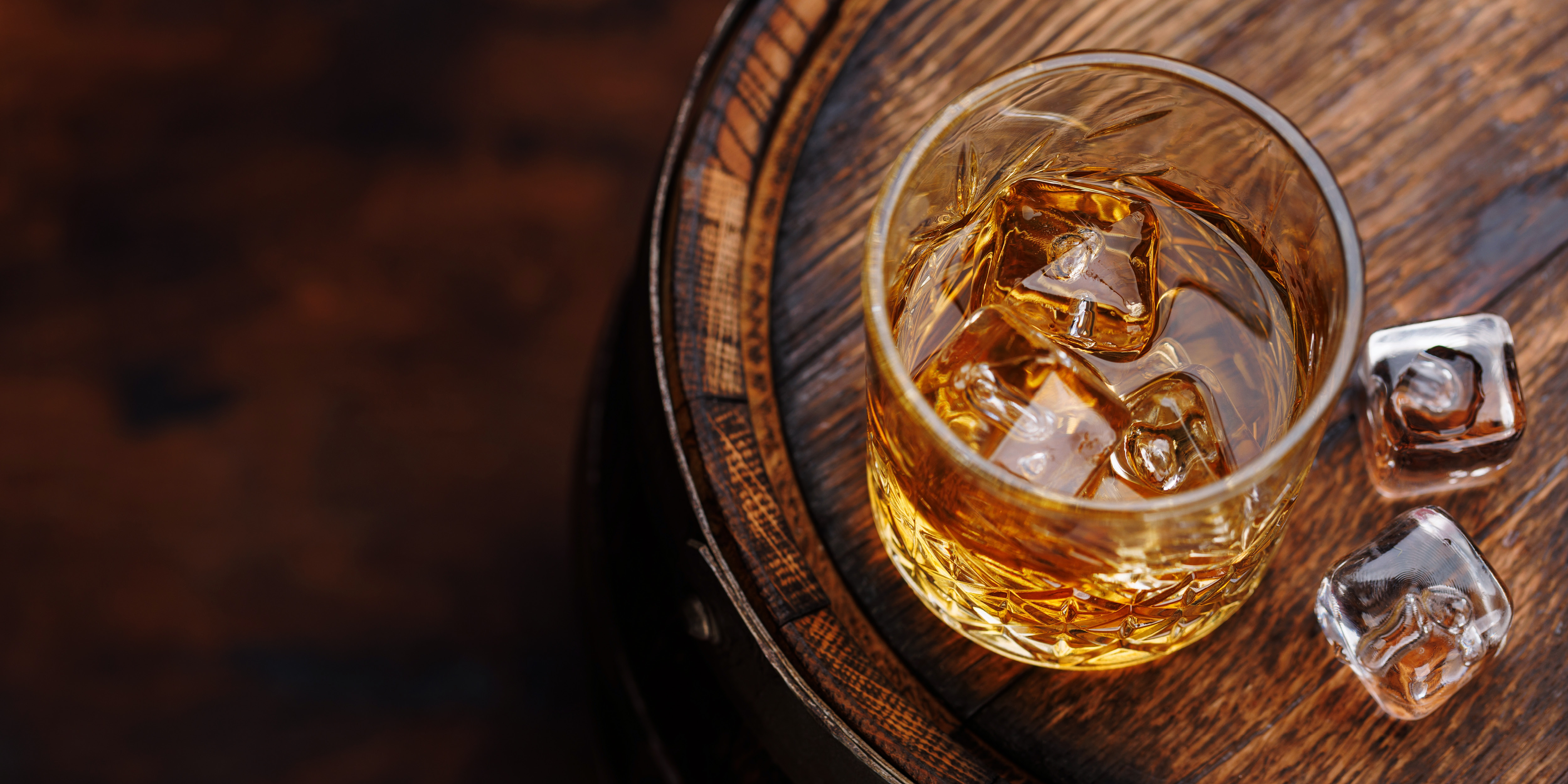Whisky vs Whiskey: What’s the Bloody Difference?
Ever noticed some bottles say “whisky” and others “whiskey”? No, it’s not a typo. Here’s the story behind the missing “e” and why Aussies side with the Scots.
Ever noticed some bottles say “whisky” and others “whiskey”? No, it’s not a typo. Here’s the story behind the missing “e” and why Aussies side with the Scots.

When you’re standing in front of the shelves at your local Bottler, you’ve probably noticed something strange: some bottles proudly spell it “whisky” while others stick with “whiskey.” Is it a typo? Is one fake? Or is it just another clever marketing trick? Turns out, there’s a bit of history behind those extra (or missing) letters.
Whisky (no “e”) usually comes from Scotland, Japan, and Canada while Whiskey (with an “e”) is the preferred spelling in Ireland and the United States.
Back in the 1800s, Irish distillers wanted to stand out from their Scottish rivals. At the time, Scotland was churning out a lot of rough, mass-produced whisky. To show theirs was a cut above, the Irish added the “e” and American distillers later followed suit.
Basically, it’s all about bragging rights
Not at all. Whether or not there’s an “e” on the label, what matters most is how it’s made:
Scotch whisky is often smoky, thanks to peat while Irish whiskey tends to be smoother and lighter. American whiskey (think bourbon or Tennessee whiskey) is usually sweeter, with big vanilla and caramel notes.
So, the spelling is more about tradition than taste.
The plural is different too! Multiple bottles of whisky = whiskies while multiple bottles of whiskey = whiskeys. It’s the kind of nerdy tidbit that might just score you the win at pub trivia.
Australia’s own distillers, like Starward and Lark, generally stick to the whisky spelling — following the Scottish tradition. So, if you’re reaching for a local bottle, you can impress your mates by pointing out that you’re drinking “whisky” without the “e.”